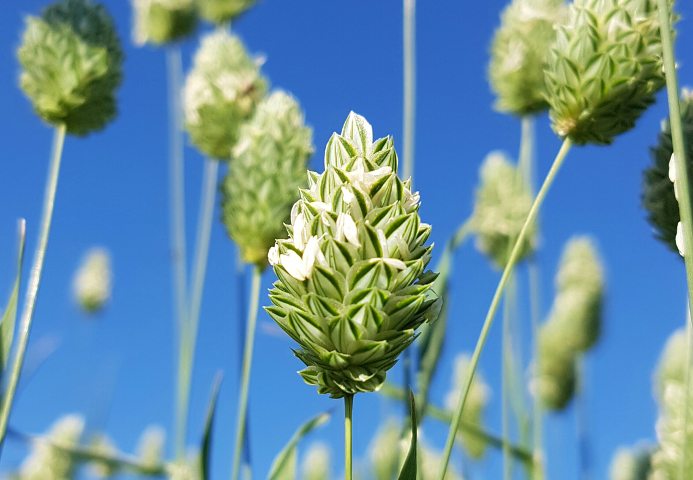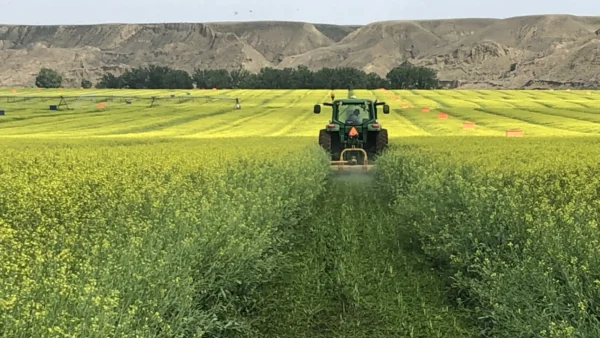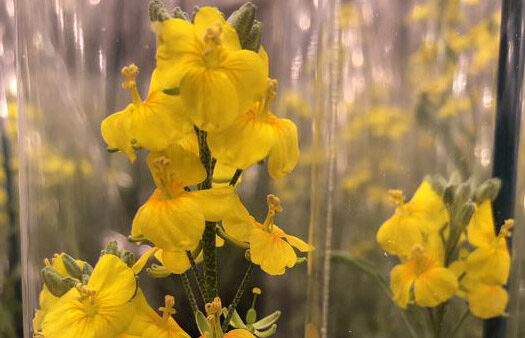Early in 2016, the Canaryseed Development Commission of Saskatchewan was successful in getting novel food approval for canaryseed in Canada and the United States.
It’s a bit funny to think of people eating bird food, but this approval is for de-hulled glabrous (hairless) canaryseed. Traditionally, canaryseed has been exclusively focused on the bird food market, but this recent approval helps to expand market potential to include the human-food industry.
Consumers are looking for unique, healthy food options, and canaryseed has the potential to fit that market demand. The food market also requires a lot of diversity, so I see companies looking to capitalize on different processing methods, thereby creating extra value.
Kevin Hursh, executive director of the Canaryseed Development Commission of

Saskatchewan, tells me that while canaryseed isn’t poised to take over as a major crop anytime soon, it’s slowly beginning to be recognized as something that could serve a niche market.
If the industry can get 50,000 acres of it planted over the next five years, this will be a good indicator of its success, he says.
He also notes that canaryseed is another cereal crop option for producers to consider in their crop rotations and is generally a lower-input crop type. This crop also appears to have less susceptibility to damaging diseases such as fusarium compared to other cereal crops. De-hulling is an issue, he adds, but the industry can work to develop equipment better suited to this task.
Then there’s its appeal to people who want a gluten-free option. Canaryseed is considered gluten-free, however, people that have an allergy to wheat are advised that they may also have an allergy to canaryseed. Still, there is a significant segment of consumers who don’t have an allergy to gluten, but still choose gluten-free options for various reasons. This product could be a good fit for them.
Also, canaryseed can be used as a replacement for sesame seeds, which are grown outside of Canada and have to be imported. Canaryseed can be grown right here at home. This is a great market opportunity which is perhaps unrivalled by any other crop right now.
CANTERRA SEEDS has licensed a few glabrous varieties over the years, including a traditional brown-seeded type (CDC Calvi) and, more recently, a yellow-seeded type currently referred to by its experimental name, C05041.
As producers consider crop rotations from a soil health and land use perspective, it’s also important to consider diversification from a financial management perspective. For almost all crop types, commodity prices rise and fall based on global supply and demand. With canaryseed, the majority of production occurs in Canada, and in particular Saskatchewan. Being closer to the supply side of the equation should provide some degree of predictability in the market, which is important for producers to consider.
There are efforts underway throughout the value chain, from plant breeding through to end use market development. New varieties will continue to make it easier for farmers to produce more grain per acre and the evolving food market shows great potential for Canada as a primary producer.
Yes, canaryseed used to be just for the birds, but with some hard work and a little luck, we’ll see it take off among consumers — human ones — in the coming years. Watch this space for updates.













